This calendar shows when to start seeds indoors, sow or transplant outside, how long the plants need to reach maturity, and when to harvest. My calendar helps me see when cool-season crops will get pulled and when I can replaced them with warm-season crops. It also prevents random, spur-of-the-moment-seed-starting that tends to happen when spring fever fits. You can download the Excel version if you’d like HERE.
I used several resources to build this spreadsheet, including Portland Nursery’s seed starting calendar, the Maritime Northwest Garden Guide, the book Growing Vegetables West of the Cascades by Steve Solomon, plus my decades of homesteading experience. After many years it becomes second-nature to know when it’s “time”, but having something formal like this spreadsheet is a good gut-check.
Based on this chart, I bundled together seed packets to group them by planting time. It helps me keep track of which varieties to direct sow or start inside by month. Many of the greens I began in February will be big enough to move outside in April. That will make room under my grow light to start my April squash seeds. Just when it seems those squash starts are getting too huge, it will be time to transplant them outside. And it keeps me from rehashing which variety of spinach or kale or whatever I decided to plant this year, since I usually have several varieties to choose from in my seed box.
I laid out each seed packet over a grouping of seed pots prior to starting them indoor. That’s really when I decide how many of each particular variety to grow, and how many extras to grow for friends. I have a tendency to over-plant and this helps me be realistic about how much we actually need to grow – like do we really need 12 lettuces or would six be better, should we grow some extra cherry tomatoes for the kids, and do I have enough room to add pok choi?
And don’t forget to label your seeds! Speaking from experience, you will never remember which seedlings where which tomato varieties unless you write it down. The simplest and fastest way to do this is to use clothes pins. I write the plant type on one side, like “lettuce”, and use the reverse side to write the cultivar name, like “Speckled Trout”. Save them and reuse every year.
If you are new to growing indoor seeds, you might find these past posts helpful: Seed Starting Basics, How to Make Newspaper Seed Pots (or watch the video version) and Early Spring Indoor Seeds. So far mine are off to a good start!
I would love to hear about whether you have started seeds already – indoor or outdoor. And how to do stay organized to maximize your homestead early in the season? Tell me about it in the comments below!
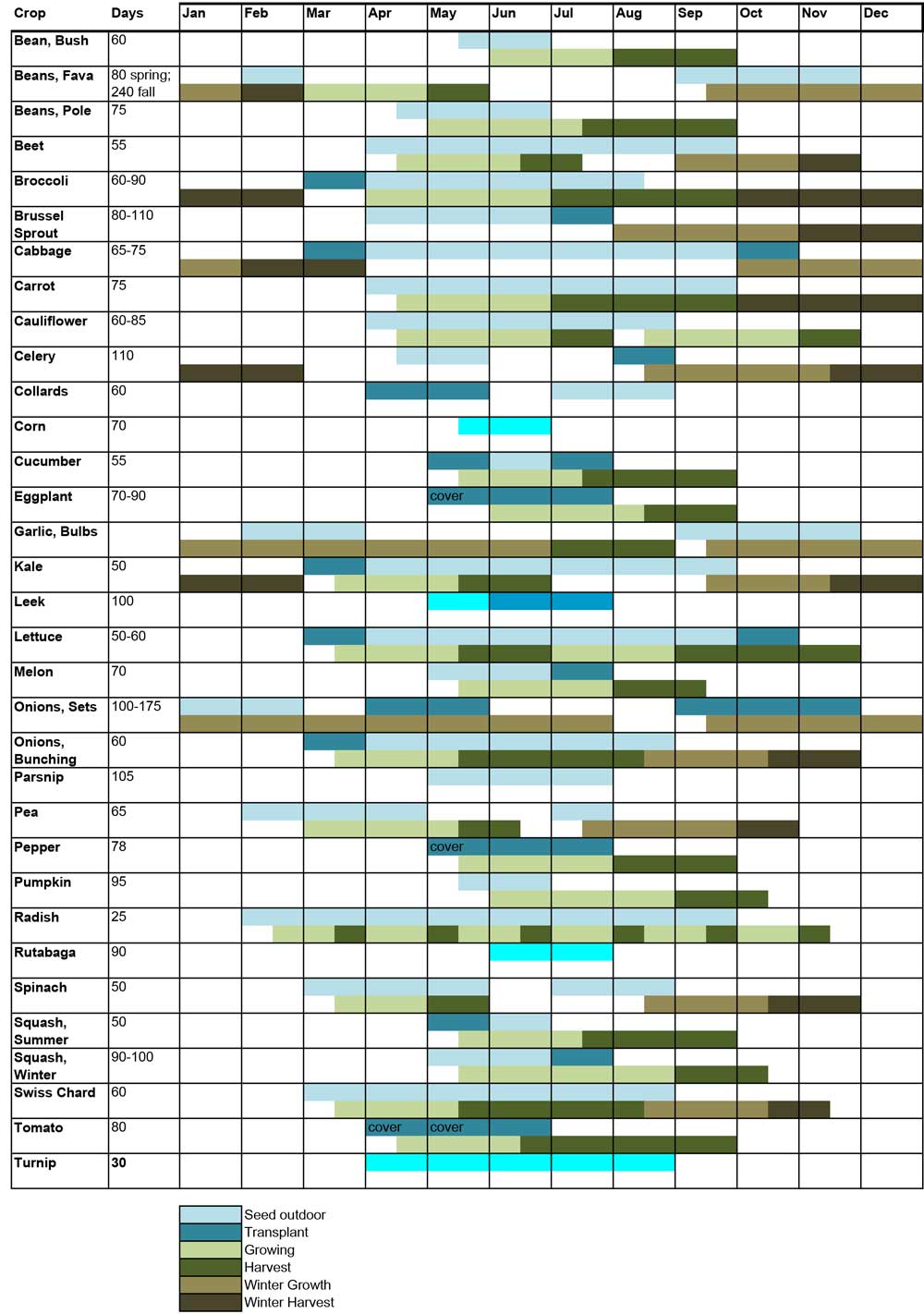
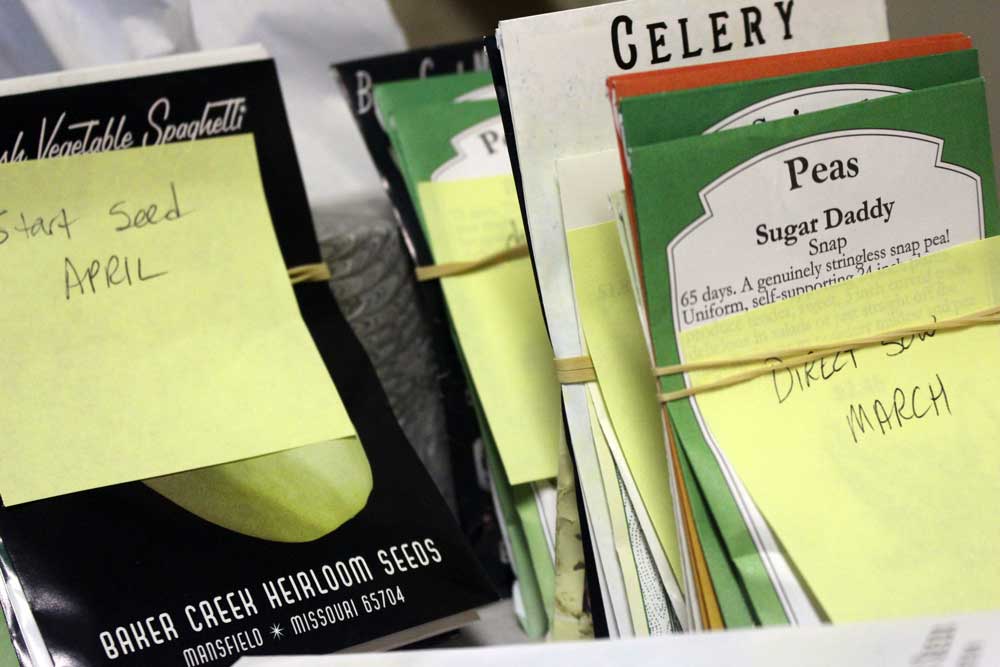
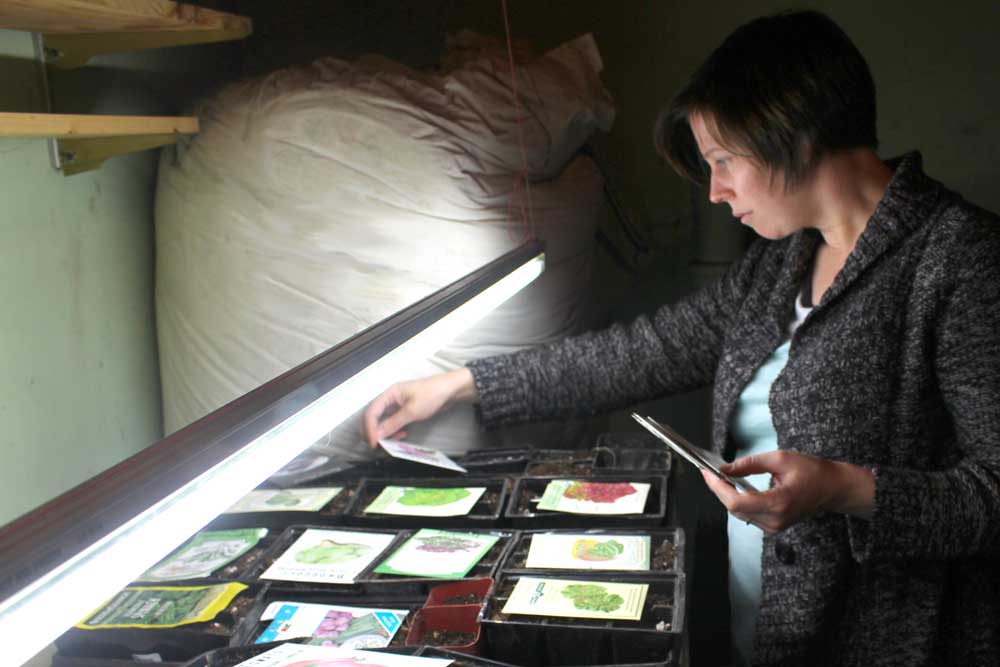
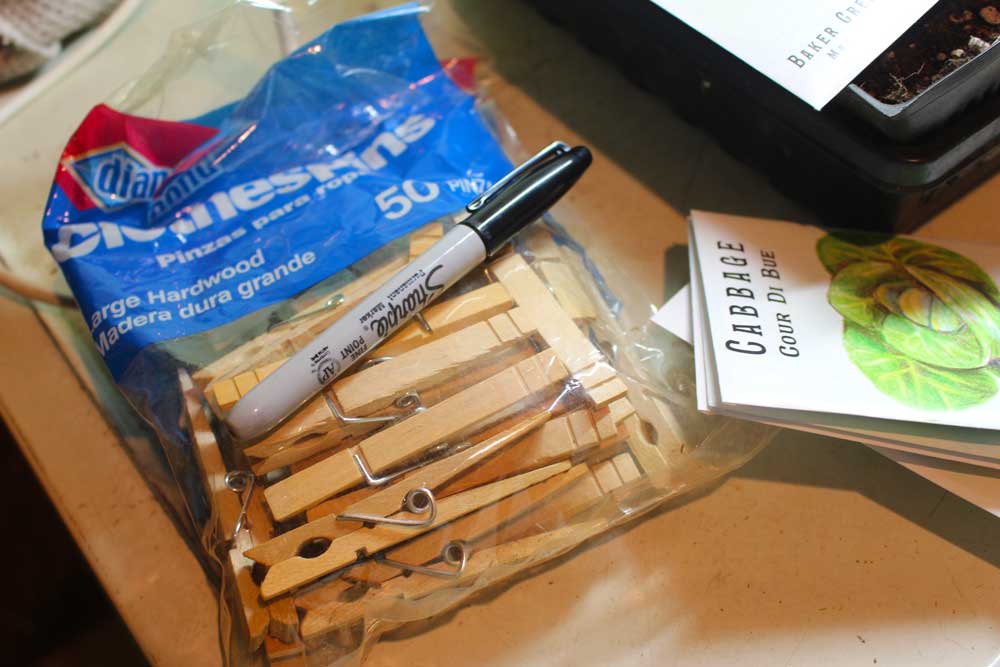

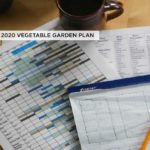
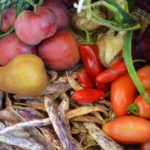
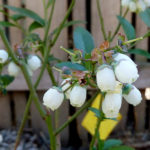

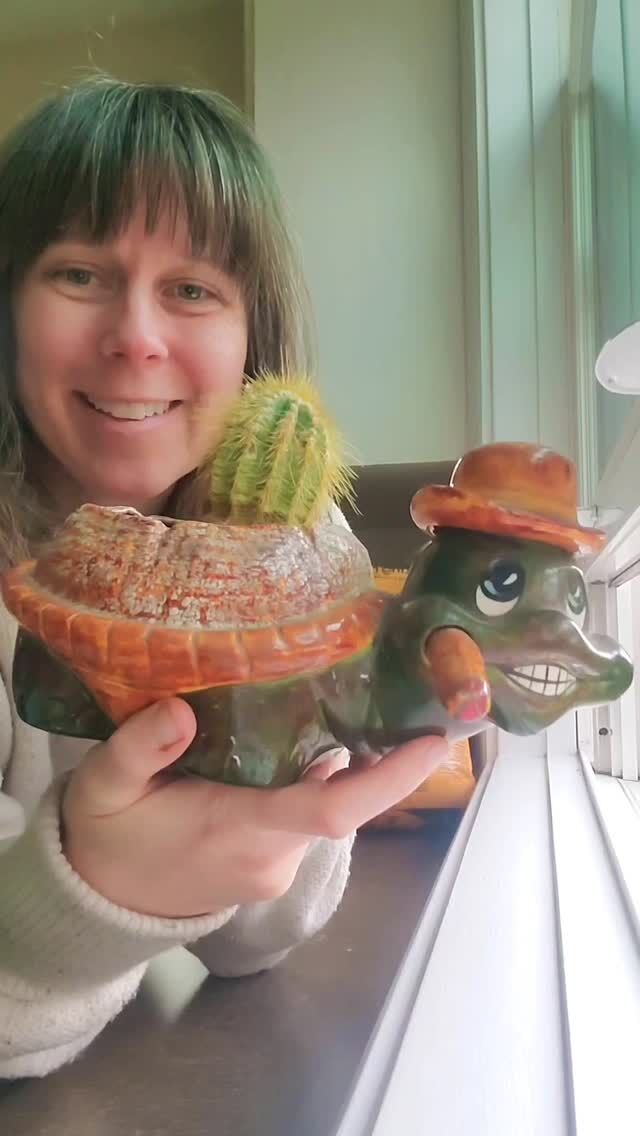
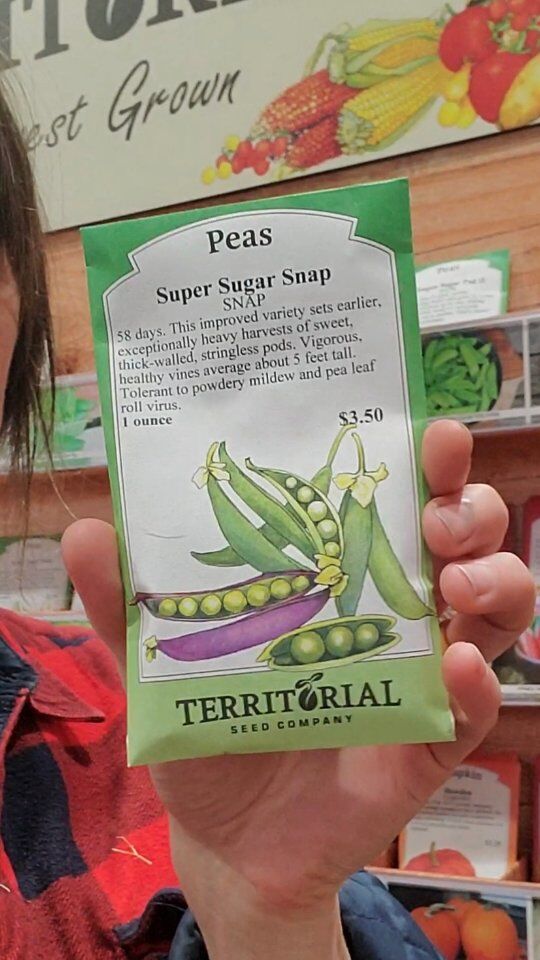

 This has become my
This has become my
 This is from South
This is from South


 All the ornamental grasses get cu
All the ornamental grasses get cu

Hi there! Is it still possible to download that schedule as an Excel file? When I downloaded it, in downloaded as a PDF. Thanks!!
Unfortunately no I hope the pdf gives you a good start.
I hope the pdf gives you a good start.
Hello, your shares says this includes when to start indoors, but do you mean that when you mark it as a teal transplant it means you’ve begun the seeds indoors? Thanks!!
Light blue = seed outdoors means you directly sow seeds into the ground outside. Dark blue = transplant means you are planting young plant starts into the ground outside. You can acquire those young plants by either starting from seed indoors earlier, or by purchasing plant starts from a local plant nursery. Hope that helps!